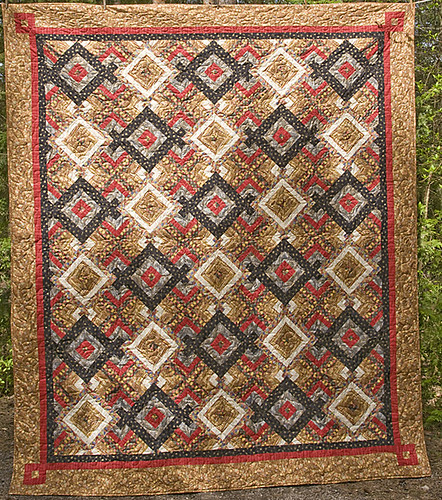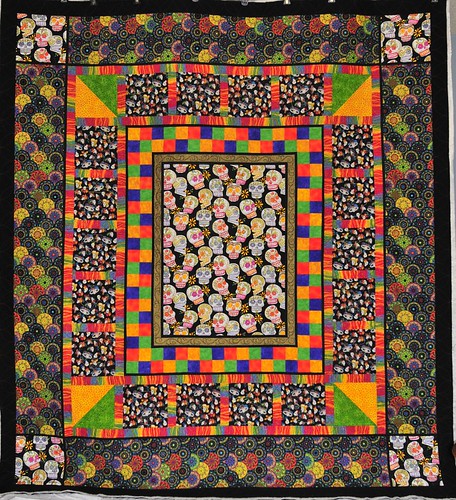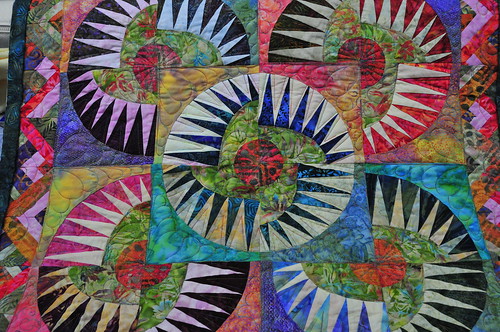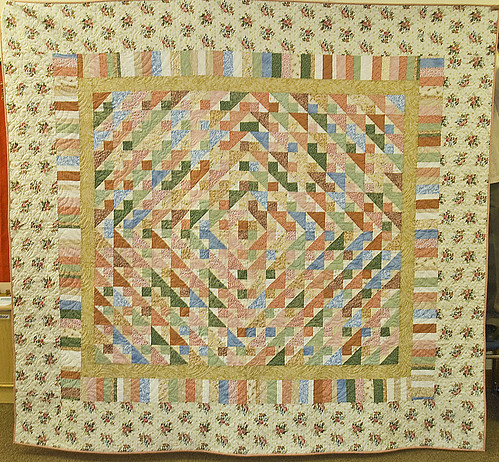Guest Blog: Thoughts on the Internet and Creativity
Posted by Claire on Apr 28 2012
I’m very happy to welcome Alison McDonald to my blog to share her thoughts on the internet and the rewards and challenges it offers to sewers and those who create. She runs “Sew What Else?” here in Hamilton, ON, offering custom long arm quilting services to quilters. She is also the local coordinator of the worthy charity, Quilts of Valour, which donates quilts to injured Canadian Forces members and their families. It’s a great cause. Alison is a very talented quilter who did the quilting on David’s guitar quilts, which I’ll be posting here on the site in the next little while. To learn more about Alison, you can visit her website, Sew What Else or check out her flickr account for a small sampling of the really incredible quilts she’s worked on. Please join me in giving Alison a warm welcome today!
***
As a longarm quilter I use the internet frequently; I receive orders and instructions from my customers, I download pantograph patterns, I buy useful gadgets for my chosen occupation, I read forums that bring me the latest on quilting in general and long-arming specifically, and sometimes I even get paid for my services through the internet.
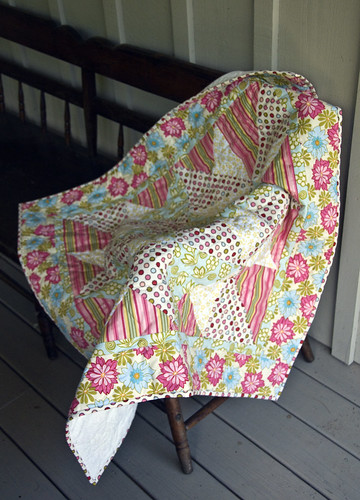
Creativity is variously defined as the ability to come up with something new, something which has some value. So how do we define the ‘new’, and how do we assign a ‘value’, and where do people like me fit in?
I have maintained for many years that I have only the faintest creative ‘vision’; that is , I look around and feel if not down-right intimidated, certainly lacking in the appropriate amount of creativity. This has never been more apparent than in this age of the internet. On a daily basis I feel swamped by the incredible talents of folks I’ve never met and likely never will…it’s overwhelming what’s out there…it’s also totally overwhelming when you think about the body of collected work from all humankind…is there really anything that is ‘new’…and who defines ‘useful’?
Many with an even greater capacity to grasp conceptual thought processes than I have said; in all likelihood if you thought of it, someone else probably already has. How do we continue to put notes of music, words of text, and scraps of fabric together and still make creativity a part of our lives, and not infringe on others’ right to do the same?
Recently on the internet we have seen some nasty arguments over copyright issues, and intellectual property, some of it even spilling over into the traditionally serene (picture your white haired granny and her friends at the quilting frame here) and genteel world of quilting.
Much of the work I’ve done over the past few years, though important and useful to its owner probably does not warrant the kind of attention the internet can spawn. Truthfully time and lack of equipment have also played a part in the lack of a cohesive ‘body of work’ up until the present time. Time and resources can fix that.
…so now back to the internet, I have toyed with the need for or the desire for an internet presence…web-site, blog, social media outlets, on-line picture album, some of the above? All of the above? I know above-all that I need to do something, but what? And in view of the tempest in a teapot that is the on-line quilting world; do I REALLY want to?
When it comes to the internet I’m no newbie, and certainly no Luddite; but coming to grips with the ever-present and ever-changing landscape that is the internet is /can be scary… a grind…a challenge…and, certainly when a friend innocently shares a link to my on-line album… exhilarating.
Happy creating!!
